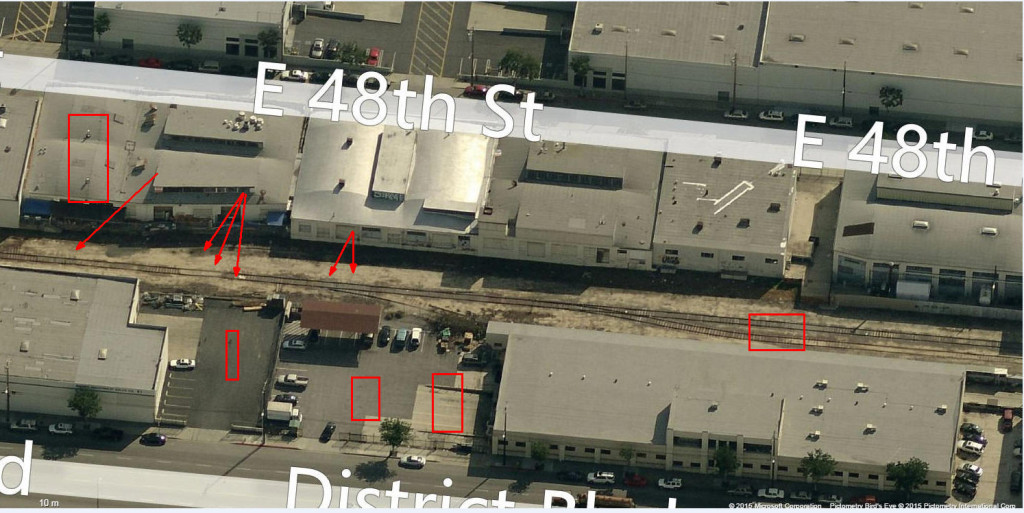It’s safe to say I’ll never be accused of being a cultured art critic. That aside, in the last year I’ve had the chance to visit some of the more notable art museums on the east coast and attended a number of art festivals. The difference in a painting done by one of history’s masters versus a very skilled regional amateur isn’t immediately apparent to the unskilled eye of somebody such as myself. Over time though you do the notice the difference. It’s hard to define but there is a lack of depth or flatness in the work of the beginning artist and an equally hard to define depth and snap to the work of the master.
The same applies to model railroading and it’s taken awhile to put my finger on it. It has to do with how many color layers we use and how skillfully we blend colors that are just a small step beside one another on the color spectrum. The fewer the colors and the harsher the transition, the less realistic our results. For example if we just use a single color tan soil to model the scene above it will only look average at best. If, however, we are able to separate out four, five or six layers of tan, all very close to each other on the spectrum (but not identical) and very artfully feather them together the look quickly improves. As you examine the photo above, notice the soil is not just a uniform tan. There are multitude of grays, browns, and muddy blends throughout. I’ve highlighted just a few of the areas to illustrate my point.
Getting there isn’t easy which is why we often fall short. First, we have to recognize that the issue exists at all. Second, we have to pin down the illusive question of “what color is that anyway?” Third, we need to develop skills in subtly blending the colors so the transitions aren’t harsh. If you follow the weathering tutorials on The Rust Bucket Forum you can get a sense for how many layers the guys use and how much effort is devoted to subtly blending colors and not having harsh edges. Finally, we don’t do it for the simple reason that it takes more time to work with a blend than one color.
Creating the number of colors we need is easiest with paint. Manufacturers such as Model Master have a massive range of colors. In addition, we can and should, also mix our own colors to get the look we want. With soils it’s harder but can be done. Between Arizona Rock and Mineral and Scenic Express enough soil colors exist that they can mixed into most custom colors we would need. Grass is trickier because there are fewer colors available in the grays and browns. Even there, working in Heki’s Prairie Grass as a base goes a long way in breaking up uniformity.
